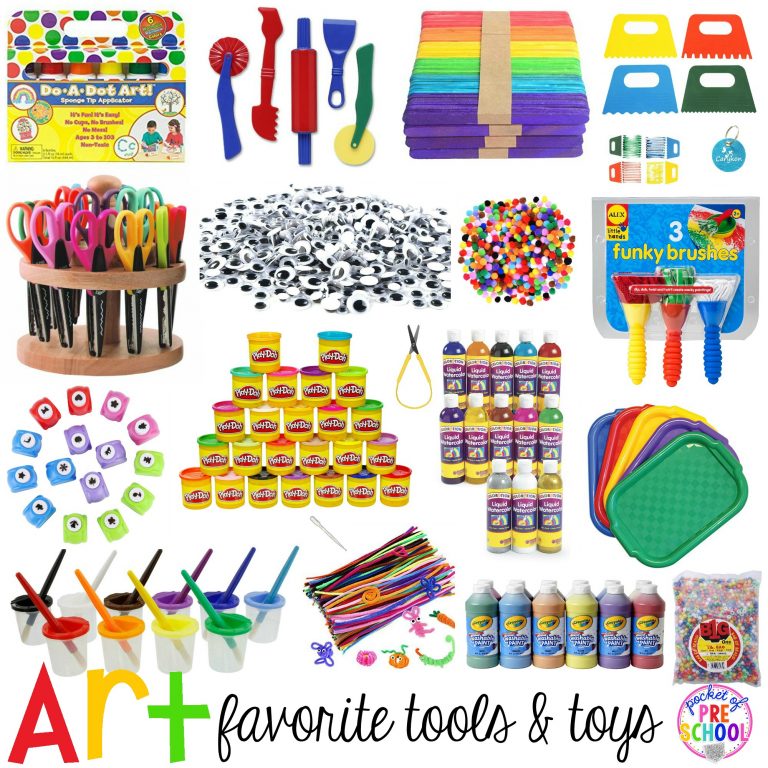
Noodles are always a fun sensory bin filler, and they are super duper easy to dye. Plus there are so many noodle shapes, and sometimes you can even find themed noodle shapes to make the sensory bin even more fun. Let me show you how to dye noodles and create a mini name sensory bin using a pencil box for your little learners. If you love this bin, you can always dye bigger batches of noodles and put the sensory table in your classroom for all students to enjoy.
Once you see how easy it is, you will be dying noodles for all the things like sensory bottles, sensory tables, and writing trays.
*This post contains referral links at no cost to you. When you click on the link, I earn a tiny commission.
How to Dye Noodles

JUST FOLLOW THESE STEPS, AND YOU WILL HAVE GORGEOUS, DYE NOODLES IN NO TIME.
It is so simple!
Step 1: Place noodles in a thick baggie. If you are making small batches, use sandwich-size bags. If you are making a big single-color batch, use a gallon baggie. Any cheap pasta will do.
Step 2: Add liquid watercolor and close the baggie. Just a few squirts will do.
Step 3: Shake, shake, and shake! Massage the color into the noodles. This is the fun part that students can help with! If the color isn’t bright enough for you, just add a few more drops of liquid watercolor.
Step 4: Grab a tray and cover with wax paper or foil. Spread the noodles on the tray and let them dry.
***Let the dye noodles air dry for 24-48 hours before you place them in an airtight container. This ensures that all the moisture is out of the noodles.

Now that you have gorgeous noodles, it’s time to add fun sensory tools and toys to the bin. The bin in the photo above has a construction theme so I added a mini construction truck, pipe cleaners, letter rocks, and a name card. You can add any sensory tools and toys that accompany your theme. Check out this giant list of sensory tools and toys here for more ideas.

Letter rocks are a fun way to sneak in literacy and name practice. I made the letter rocks by writing letters on mini rocks from the Dollar Tree with a Sharpie. Y’all, it’s that simple! Put a name card in the bin for students to use a model, and you are ready to go. I use a colored sentence strip to make this name card.

I picked this tiny ditalini pasta for this bin so students could lace the pasta on pipe cleaners. Lacing builds hand-eye coordination, bilateral coordination, pencil grasp, and overall fine motor strength.
Students can simply lace the noodles on the pipe cleaners or create patterns with it! I am all about sneaking in these crucial skills and concepts into their play! It’s easy to do as long as you are intentionally planning and thinking about what skills and objectives you want your students to work on.

I made a small batch for that bin, but if you are making bins for many students or using it to fill your big sensory table in your classroom, make big batches of colored noodles. Just put thedye noodles into a gallon baggie, squirt in the liquid watercolor, and you are good to go.

Check out this fun nocturnal animals themed sensory table I made with macaroni dye noodles! It was so simple to dye the noodles with liquid watercolor, and my students LOVED it! To this sensory table, I added measuring spoons (Dollar Tree), tweezers, bats (Dollar Tree), pom poms, and metal bins (Target Dollar Spot).

If you are making individual student supplies, grab these Editable Student Supply Labels from my TpT store here. I like to color-code each student to help organize all the things. If you have a big class, you may have four or five students that have blue supplies, and that’s OK. It will still be easier to find the blue notebook with the letter “J” or “Jude” because there will only be 5 blue notebooks rather than 20 if every student has the same color.
If you want more ideas for sensory play, check out these posts by clicking on the photo!
Check out this video for how to dye noodles.
Love this post about how to dye noodles? Pin this image!

hey, i’m jackie!
I’m Jackie, your go-to girl for early childhood inspiration and research-based curriculum.






















